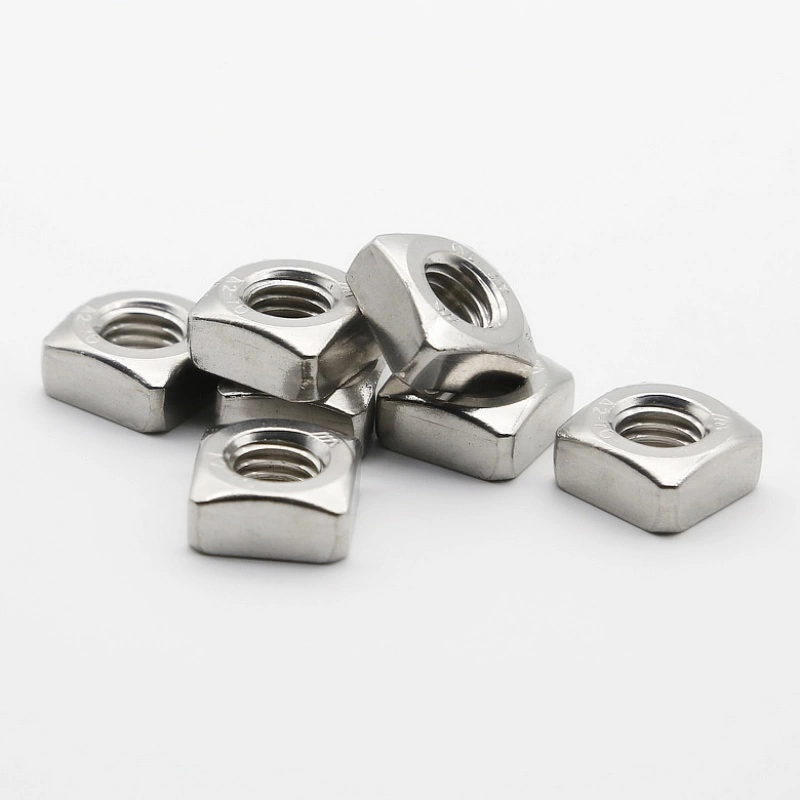

Understanding Self-Drilling Hex Head Screw Sizes for Various Applications and Projects
Oct . 03, 2024 07:14 Back to list
Understanding Self-Drilling Hex Head Screw Sizes for Various Applications and Projects
Understanding Self-Drilling Hex Head Screw Sizes
Self-drilling hex head screws are an essential component in many construction and manufacturing applications. Their design combines the features of a traditional screw with a drill bit tip, allowing for the efficient fastening of materials without the need for pre-drilling. As with any fastener, understanding the various sizes of self-drilling hex head screws is crucial for selecting the right type for your project.
What is a Self-Drilling Hex Head Screw?
Self-drilling screws, also known as tek screws, are equipped with a unique drill point that allows them to penetrate materials without the need for a pre-drilled hole. The hex head design means they can be easily driven using a socket wrench or power driver, providing excellent torque and grip. This combination leads to enhanced efficiency and productivity in assembly processes.
The self-drilling feature is especially advantageous in applications involving metal, wood, or composite materials. These screws are commonly used in roofing, siding, and metal fabrication, among other sectors.
Size Matters
When selecting self-drilling hex head screws, size is one of the key factors to consider. The dimensions typically include the length, diameter, and thread type. The size you choose directly impacts the screw's holding power and capability for your specific application.
1. Length The length of self-drilling screws usually ranges from 1/2 inch to 6 inches or more. The required length largely depends on the thickness of the materials being joined. For example, if you are fastening two sheets of metal together, you might require a longer screw than if you were fastening a thin layer of steel to a wooden frame.
2. Diameter Diameters for these screws can vary widely, commonly ranging from 6 to 14 (in Imperial measurement). A larger diameter typically indicates a stronger screw that can handle more significant stresses but might not be suitable for thinner materials as it could cause tearing or stripping.
self drilling hex head screw sizes

3. Thread Type The thread design can affect how well the screw holds materials together. Coarse threads provide better engagement and are often used for softer materials, while fine threads are designed for harder materials and provide a more secure fastening.
Material and Coating
Apart from size, it’s also important to consider the material and coating of the screws. Self-drilling hex head screws can be made from various materials, including stainless steel, carbon steel, and other alloys. The choice of material can influence the screw's strength, corrosion resistance, and overall durability.
Coatings like zinc plating, galvanization, or powder coating can also enhance corrosion resistance and prolong the life of the screw, especially in outdoor or marine environments.
Choosing the Right Size
To select the appropriate size of self-drilling hex head screw for your project, begin by assessing the materials you’ll be working with. Check the manufacturer's specifications for recommendations on screw length and diameter based on the thickness and type of materials. Additionally, consider the environmental factors that might affect screw performance, such as exposure to moisture or chemicals.
It's also helpful to have a range of sizes on hand for various applications, so you can quickly respond to different fastening needs as they arise.
Conclusion
Self-drilling hex head screws are versatile and efficient fasteners that play a vital role in modern construction and manufacturing. By understanding the importance of size—including length, diameter, and thread type—as well as material and coating options, you can make informed choices that enhance the quality and durability of your projects. Whether you are a DIY enthusiast or a professional contractor, having a solid grasp of screw sizes will ensure that you can tackle any fastening challenge with confidence.
Latest news
-
High-Strength Hot Dip Galvanized Bolts - Hebei Longze | Corrosion Resistance, Customization
NewsJul.30,2025
-
Hot Dip Galvanized Bolts-Hebei Longze|Corrosion Resistance&High Strength
NewsJul.30,2025
-
High-Strength Hot-Dip Galvanized Bolts-Hebei Longze|Corrosion Resistance&High Strength
NewsJul.30,2025
-
Hot Dip Galvanized Bolts-Hebei Longze|Corrosion Resistance&High Strength
NewsJul.30,2025
-
Hot Dip Galvanized Bolts - Hebei Longze | Corrosion Resistance, High Strength
NewsJul.30,2025
-
High-Strength Hot Dip Galvanized Bolts-Hebei Longze|Corrosion Resistance, Grade 8.8
NewsJul.30,2025

